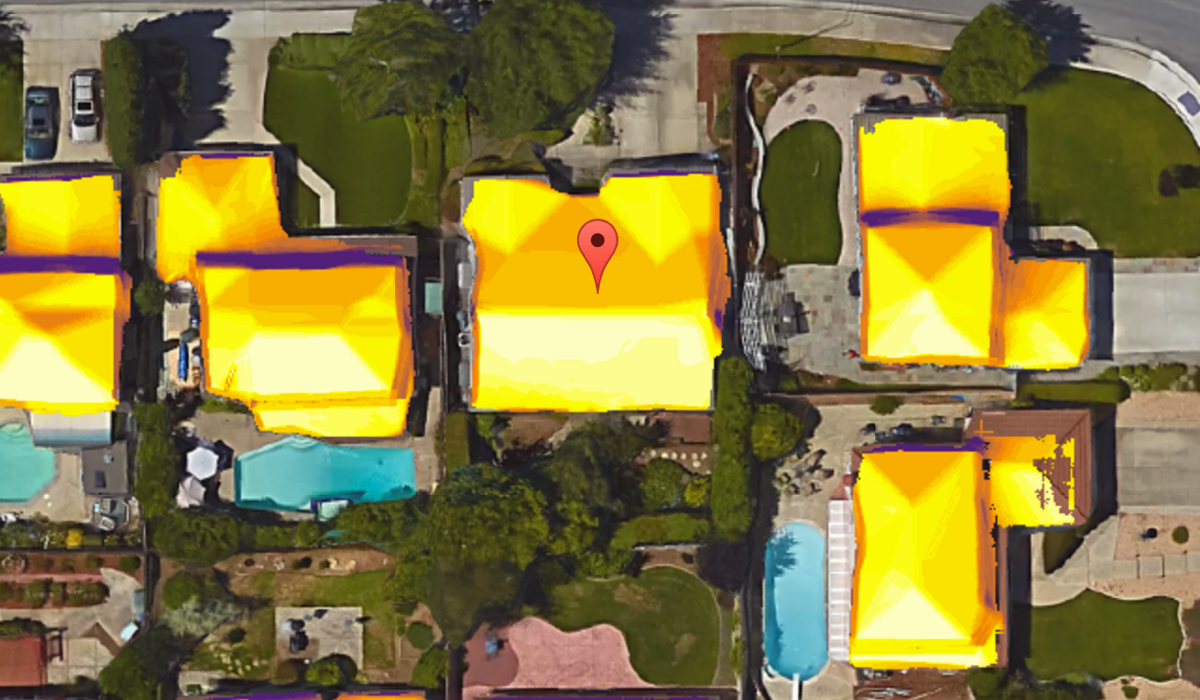DIY-HP-LED
Well-Known Member
Let's talk about average temperature changes in the US....
This also means that sodium-ion battery technology could approach and exceed the performance of lithium-ion batteries at a much lower cost and higher efficiency and safety levels. As battery giants like CATL have claimed to have solved the sodium-ion batteries’ energy density problem—the only downfall compared to Li-ion batteries—there is nothing stopping large manufacturers from turning towards mass production of new generation sodium-ion batteries.We are thrilled with the results of these tests and the potential they hold for the future of energy storage. UP Catalyst is committed to reducing the carbon footprint of battery manufacturing and promoting sustainable energy solutions. The development of this new electrode material is a significant step towards achieving these goals, as it not only enhances battery performance, but also helps to mitigate the impact of carbon emissions on the environment.
—Gary Urb, CEO of UP Catalyst
Sodium batteries perform very well in the cold, and they put them in Li-on battery cars for this purpose. They also don't need a cooling system that adds bulk and weight, so even though the cells are a bit bigger, the overall size and weight of the battery pack is the same. Also, the cab heater will be a heat pump, 3 watts of heat out for every watt of power put in and if they extract heat from the electric motors, it will be even more efficient, over 5:1.Not here in the Rockies they won't.
Cold is a major issue at this time if they can address that then it may work.
You have to sell it to work and to do that it has to give people an advantage, you can't make your own gasoline, but you can make and store your own electric power. There is a reason every automaker is betting the farm on EVs and it's not just climate change, in 5 or ten years it will be a lot more economical and practical. EVs require less a maintenance have fewer moving parts and should last a lot longer than an ICE car, if it has a long-life battery pack. Also, these batteries can proliferate fast if they last so long, they won't need to be replaced.That would be a wet dream come true!
the proximity to Sudbury, world nickel production capital, is the most remarkable coincidence!There are more battery factories than this going up in Canada and LFP battery materials are made here too.
Volkswagen to build an electric vehicle battery plant in southwestern Ontario
4,084 views Mar 13, 2023
Volkswagen has announced plans to build an electric vehicle battery plant in southwestern Ontario, aiming to be operational by 2027.
VW is in bed with a solid-state battery developer quatumscape, dunno if it's a new tech plant or not, but I believe they don't need much cobalt or nickel for these kinds of cells, though I could be wrong.the proximity to Sudbury, world nickel production capital, is the most remarkable coincidence!
lol my home townthe proximity to Sudbury, world nickel production capital, is the most remarkable coincidence!
on a cross-country motorcycle trip 20 years ago I passed through. Spent an hour in the company of some nickel miners who were striking. They had a table of educational materials in the shade of the big smokestack. I still have a few balls of primary nickel they let me keep.lol my home town


Harvest it rinse it, dehydrate it, bail it, or a mostly automated harvesting ship(s) could pick up a lot of it, processes it and sink it to the bottom as bricks. I looks like it could be useful stuff however, if processed correctly and used as fertilizer perhaps.
A blob twice the width of the US is heading towards Florida's coast
I bought a PriusV hybrid for $15k and only spent $80 for gasoline in 2022. unlimited range no plug necessary. A new battery (after market rebuilt) for my Prius when or if it's eventually needed is $2500 installed. Many Prius owners report 300,000 miles on a battery. Most people don't keep a car for 300,000 miles. Hybrids are a good way to reduce our fuel dependence and transition over to electric cars until battery tech and infrastructure evolve.The range is a bit short, but the average American commute is just 50 miles, so 100 miles should serve the needs of most people in that market segment. Its big advantage is it can be powered from a small solar setup with a small battery bank, or just charged from any 120V outlet to full overnight. Handles freeways and keeps the weather out, but a subcompact can do the same thing for a bit more battery. Its most attractive feature is the price, at $15K before government subsidies, it should come in under $10K USD. A going to work in the city from the burbs car, also a good second car and beats the bus. I still think a subcompact hatch back is more practical and would top up enough range overnight from 120V, but it would cost more than this.
The Tiny Cheap Electric Car We’ve Been Waiting For?
14,706 views Mar 16, 2023 #ElectraMeccanica #EV #Microcar
Our US correspondent, Ricky Roy takes a spin in the ElectraMeccanica: a one seater, three wheel EV designed for urban commuting. With a unique design and tantalising price tag, is this the best microcar we've covered on the channel yet?

